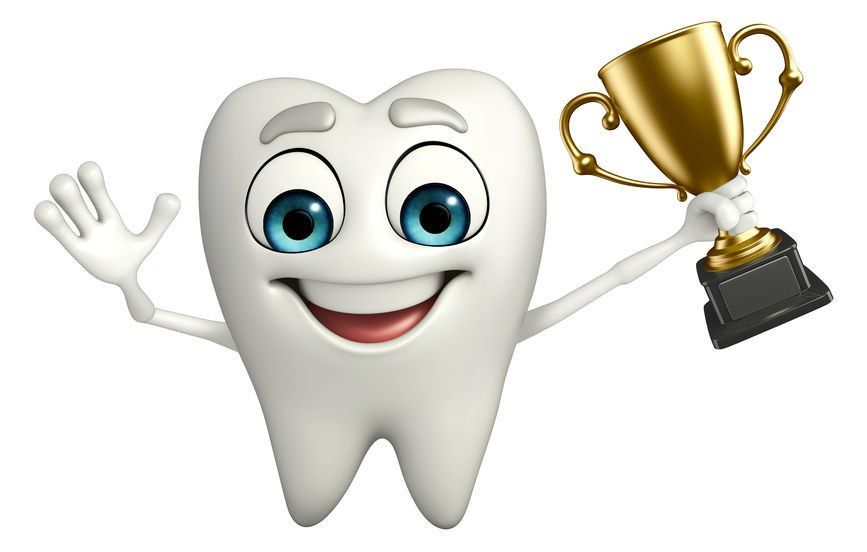Common Tooth Related Sport Injuries
- By Mary Marks
- •
- 06 Mar, 2020
- •

Sports are fun and help us stay physically fit, but they can also be taxing on our bodies. A fall, a full body impact, getting hit by a ball – any of these can lead to injuries, such as contusions, sprains, concussions or even tooth injuries.
Yes, many athletes suffer from tooth related sport injuries. The most common of them are:
1. Cracked Teeth
A cracked tooth is not something you can ignore. First of all, it is painful when you bite down. Also, you experience pain when you eat or drink hot and cold foods. More seriously yet, a cracked tooth is an open gate for infections that may spread to other teeth.
Even if the tooth appears to be still solid, you should see a Highlands Ranch sedation dentistry professional as soon as possible.
2. Root Fractures
Only about half of the tooth is visible above the gum. However, even though the root feels firmly embedded in the jaw bone, it can get fractured after a serious physical impact, such as getting hit by a baseball at full speed in the mouth.
A root fracture is an invisible injury until an infection sets in and you start experiencing pain. Thus, you should always see your dentist after any accident during sports when you got hit in the face or mouth.
3. Tooth Intrusion
In case of sudden impact, a tooth can literally sink all the way in the gum until it is embedded in the jaw. Left untreated, it can lead to several complications, including necrosis (decay of the tooth and tissue around it).





Although oral sedation dentistry Highlands Ranch is one of the optionsavailable for managing anxiety and discomfort during oral surgery, you certainly do not need to use it all the time. As a matter of fact, the exact type of sedation or anesthesia that you receive during oral procedures may depend on various factors, such as the complexity of the procedure, your medical problems, as well as your doctor’s preferences.
There can be several different levels of sedation that can be used in oral surgery. Local anesthesia is one of them. This involves injecting anesthetic medication into the specific area where the surgery will take place. It numbs the area and is often used for less invasive procedures.
Oral sedation involves taking medication in the form of a pill to induce a state of relaxation and drowsiness. The patient is still conscious, but he/she may not be fully aware of the procedure. At any rate, sedation helps him/her get rid of anxiety.
In the case of intravenous sedation, medication is administered through a vein, which induces a deeper state of sedation than oral sedation. Patients may still be conscious, but they are less aware of their surroundings and may not remember the procedure.





